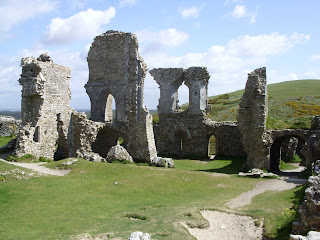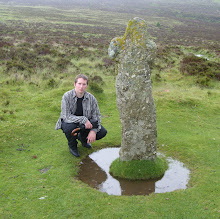


One of the highlights of my week in Yorkshire was a visit to East Riddlesdon Hall. This featured in the recent TV adaptation of Wuthering Heights.
The building is quite dark and spooky, I was especially interested to find that one of the rooms is called The Grey Lady's Room. I asked one of the staff volunteers about this as it is a National Trust property and the staff are always friendly to chat to. When on entering I asked "is this the grey lady's room?" I was promptly told "no, I'm not her!"
I asked about the story of the grey lady and the ghosts. I was told the lady had been accused of adultery by her husband and he had bricked her up in a wall (or attic room) to starve. After hearing this story I jokingly said I would have to leave now as I was spooked. Although I thought it was curious that the story closely resembles Charlotte Bronte's subplot in Jane Eyre of the madwoman in the attic. Did this house inspire Charlotte or is the NT just trying to cash in on ghost tourism?
I also enjoyed seeing a piece of furniture which is supposed to have come from another house and which Emily Bronte is said to have seen as a child, and written about in the early chapters of Wuthering Heights. So the house has Bronte connections on many levels. It lacks the open moorland of WH and the Bronte Parsonage but there is an enchanting duck pond and it is well worth a visit.
















































